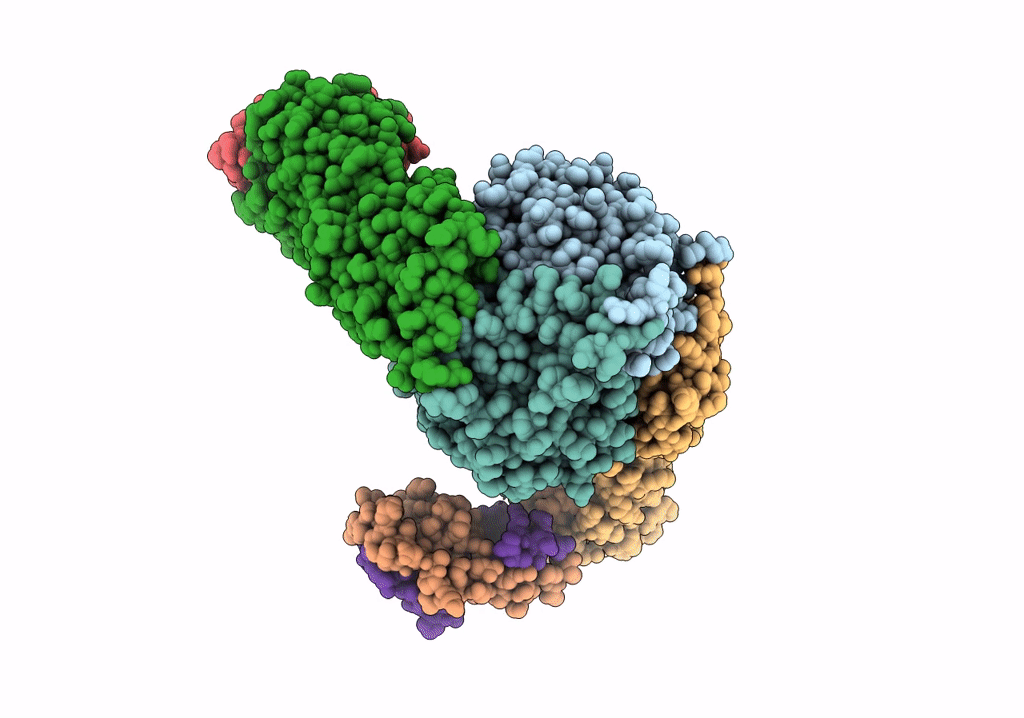
Deposition Date
2021-08-16
Release Date
2021-12-15
Last Version Date
2024-06-05
Entry Detail
Biological Source:
Source Organism:
Danio rerio (Taxon ID: 7955)
Homo sapiens (Taxon ID: 9606)
Homo sapiens (Taxon ID: 9606)
Host Organism:
Method Details:
Experimental Method:
Resolution:
3.60 Å
Aggregation State:
PARTICLE
Reconstruction Method:
SINGLE PARTICLE


